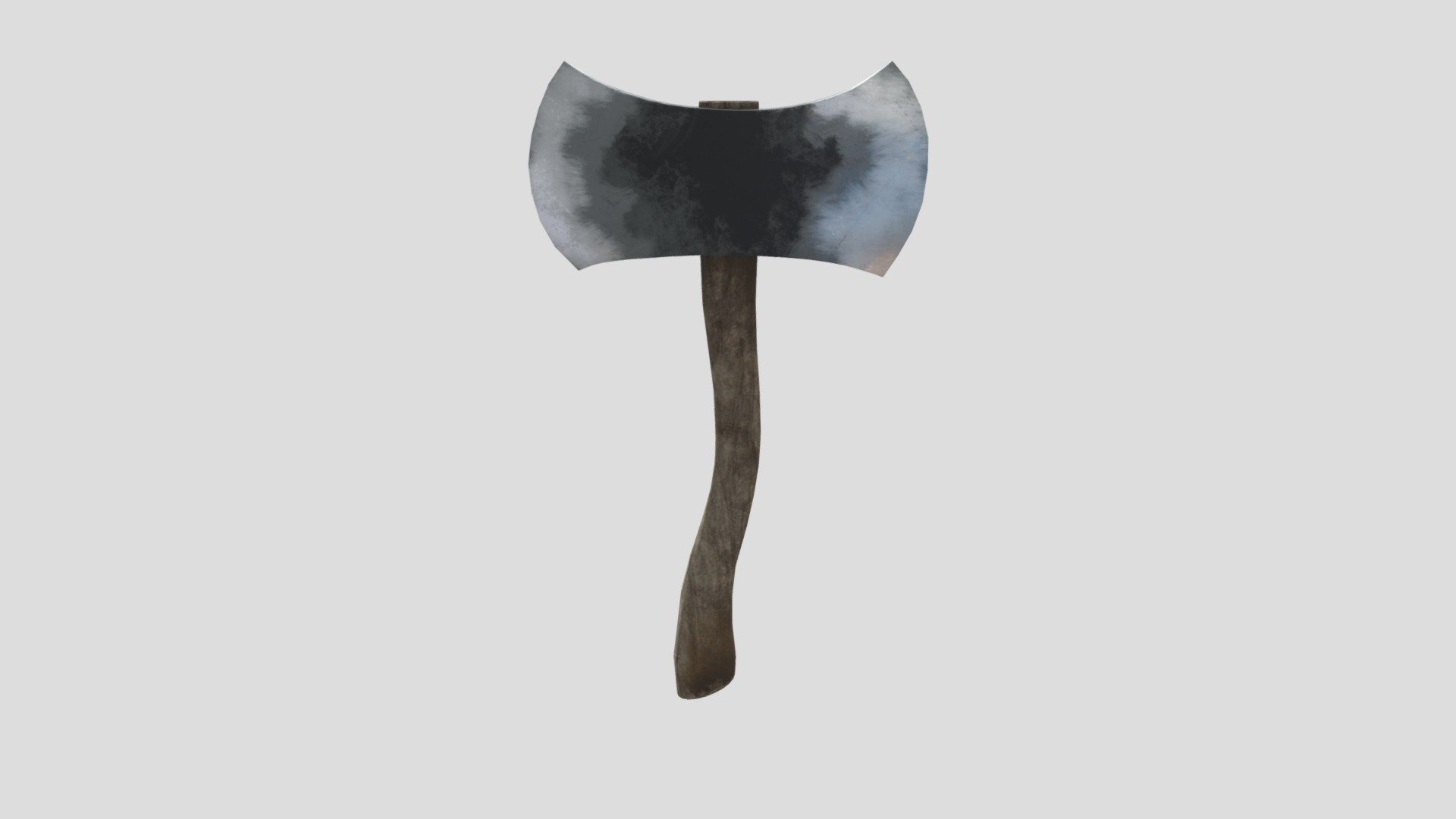
Project 6
sketchfab
Developing a High-Definition Axe Texture in Substance Painter Creating an axe texture that's both realistic and detailed requires a combination of artistic vision and technical expertise. By leveraging the capabilities of Substance Painter, artists can achieve a level of realism that simulates the intricate details found on real-world axes. To begin, start by setting up a new project in Substance Painter. This involves defining the dimensions and resolution of your texture, as well as selecting the appropriate color space and file format. A good starting point is to create a 1024x1024 pixel image with a 16-bit floating-point color depth. Next, add a base layer to your texture by using Substance Painter's default brush or importing a pre-made texture. This layer will serve as the foundation for your axe texture, providing a solid base tone and overall appearance. Use a combination of brushes and textures to build up the layers, gradually adding detail and depth to your design. Once you have your base layer in place, it's time to focus on adding texture and detail to your axe. This can be achieved by creating new layers and using various brushes and techniques to add realistic wear and tear patterns. For example, you might use a rough brush to create a worn-in appearance around the handle or a fine brush to add intricate details to the blade. Another key aspect of creating a realistic axe texture is to simulate the effects of weathering and aging. This can be achieved by using Substance Painter's built-in tools, such as the "Weathering" and "Aging" nodes. These nodes allow you to apply subtle yet convincing effects that simulate the passage of time on your axe texture. As you work through the process, remember to regularly save your project and take advantage of Substance Painter's undo feature. This will enable you to experiment with different techniques and approaches without worrying about losing your progress. By following these steps and leveraging the capabilities of Substance Painter, artists can create a high-definition axe texture that's both visually striking and realistic. With practice and patience, it's possible to achieve a level of detail and realism that's unmatched by traditional painting or drawing methods.
With this file you will be able to print Project 6 with your 3D printer. Click on the button and save the file on your computer to work, edit or customize your design. You can also find more 3D designs for printers on Project 6.
